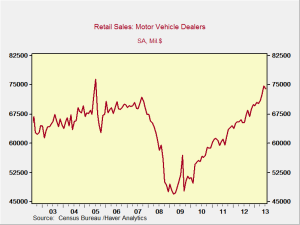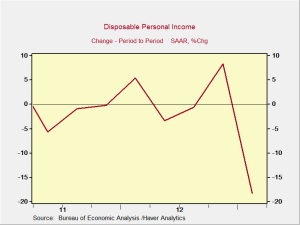I was reviewing the posts I made last December, and it occurred to me that many of the problems we were worrying about then have largely been solved, or at least are on their way there. I think we all have short memories and tend to look more at the now than at the recent past, so it’s worth highlighting some of the very real improvements that occurred in 2013.
The biggest relief, of course, was the successful passing of the date for the Mayan apocalypse. No doubt you were all as worried as I was about the impending end of the world, but, ultimately, my decision not to sell everything and head for the hills was vindicated. We are still here.






